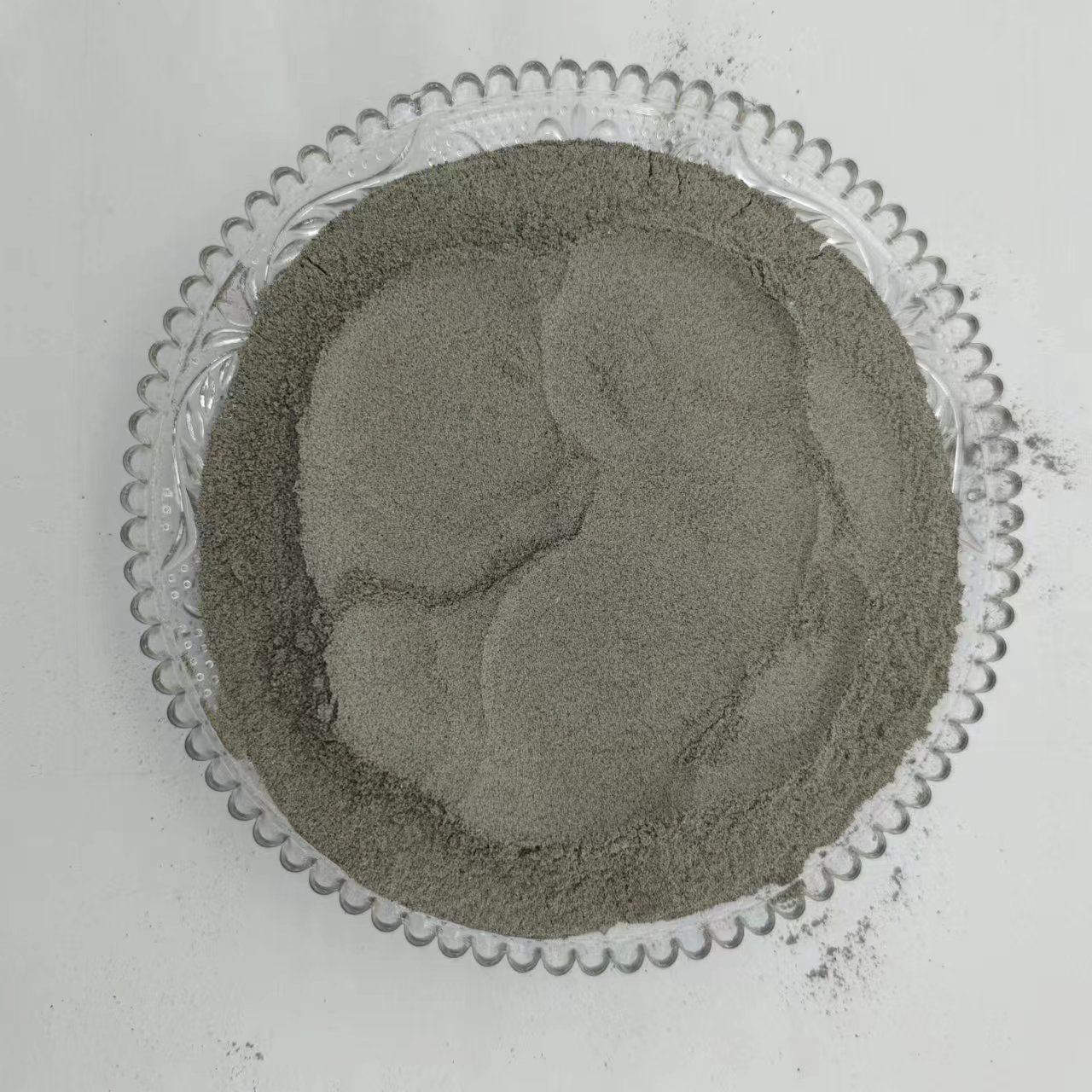
Exploring the Uses and Benefits of Kaolin Clay Powder in China
The Rise of Kaolin Powder in China A Comprehensive Overview
Kaolin, a soft white clay, has become an essential mineral in various industries, primarily due to its unique properties such as high brightness, low impurities, and chemical inertness. In recent years, China has emerged as a significant player in the global kaolin powder market, driven by its rich reserves, increasing industrial applications, and advancements in processing technologies.
Historical Context
Kaolin has been used for centuries, particularly in ceramics and porcelain production. China's history with kaolin dates back to the Tang Dynasty, where it was first used to produce high-quality porcelain. The famous Jingdezhen porcelain, known for its beauty and durability, showcases the superior qualities of kaolin. With the modernization of industries, the demand for kaolin has expanded beyond traditional ceramics into sectors like paper, rubber, plastics, and cosmetics.
Recent Developments in China’s Kaolin Industry
The past decade has seen a significant increase in kaolin production in China, which now ranks among the top producers globally. The country boasts some of the largest deposits of kaolin, particularly in provinces such as Guangdong, Jiangxi, and Hunan. The geological conditions in these areas ensure a constant supply of high-quality kaolin, suitable for diverse applications.
Additionally, Chinese manufacturers have been investing heavily in advanced processing techniques. These innovations have improved the quality of kaolin powder, making it suitable for specialized applications, such as in the production of high-end paper and advanced ceramics. The advent of digital processing technology and automated production systems has also streamlined manufacturing processes, reducing costs and increasing efficiency.
Applications of Kaolin Powder
china kaolin powder

1. Paper Industry Kaolin occupies a vital role in the paper industry, acting as a filler and coating pigment. It enhances the brightness, opacity, and smoothness of paper. Chinese companies are increasingly producing coated paper, contributing to the global supply, especially given the growing demand for high-quality packaging materials.
2. Ceramics and Porcelain As a primary ingredient in ceramic glazes and body formulations, kaolin strengthens the structural integrity and improves the shine of ceramic products. China, being the birthplace of porcelain, continues to lead in this market, exporting a significant volume of ceramic goods worldwide.
3. Rubber and Plastics In the rubber industry, kaolin is used to improve the durability and strength of products such as tires. Its use in plastics enhances flexibility and reduces production costs. The growing automotive and consumer goods industries in China further fuel the demand for kaolin powder in these applications.
4. Cosmetics and Health Care Kaolin is also popular in the cosmetics industry, utilized in products like face masks and powders for its absorbent properties. Its hypoallergenic nature makes it suitable for various skincare products, catering to an expanding market focused on natural ingredients.
Future Prospects
The future looks promising for China's kaolin industry. With ongoing globalization and the increasing adoption of eco-friendly materials, kaolin’s appeal is set to rise. Moreover, the government’s support for the minerals industry, coupled with the push for technological innovation, will likely enhance production capabilities and market competitiveness.
In conclusion, China’s kaolin powder industry is poised for continued growth, driven by historical significance, technological advancements, and diverse applications. As industries worldwide seek high-quality materials, China’s contributions to the global kaolin market will only expand, reinforcing its status as a leading supplier of this versatile mineral.
Share
-
Premium Kaolin Powder | High-Purity Mineral SolutionNewsAug.05,2025
-
Premium Glass Sand Solutions | High Purity SupplyNewsAug.03,2025
-
Natural Premium Bentonite Cat Litter - Superior ClumpingNewsJul.31,2025
-
Premium Resin Coated Sand - High Heat Resistance CastingNewsJul.31,2025
-
High Quality Silicon Carbide Grit for Abrasive ApplicationsNewsJul.30,2025
-
High-Quality Ceramsite for Plants & Gardening | Lightweight PebblesNewsJul.29,2025






